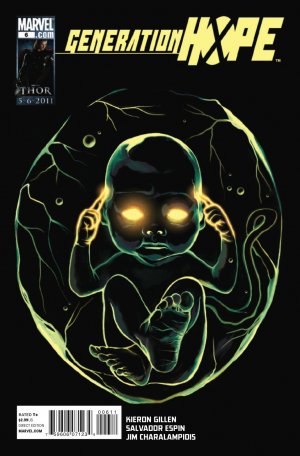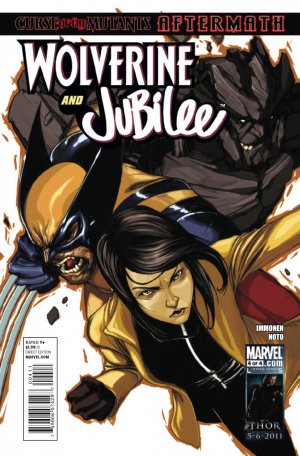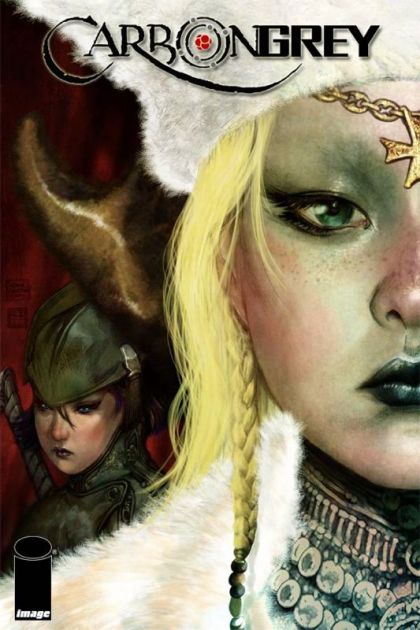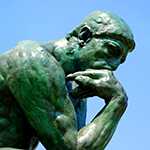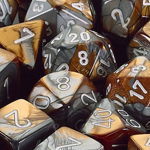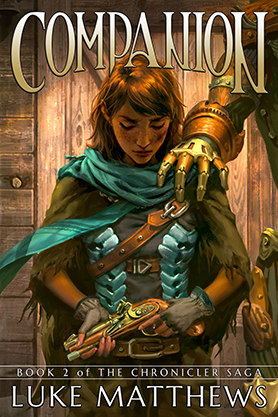In April of 2011, IGN Comics began allowing MyIGN users to submit articles for their weekly review roundup. Any that live up to IGN’s editorial standards are be published alongside IGN’s staff reviews. Any that I write, I’ll post here, whether they get published or not.
This review was not published on IGN.
Story by Cullen Bunn
Art by Brian Hurtt
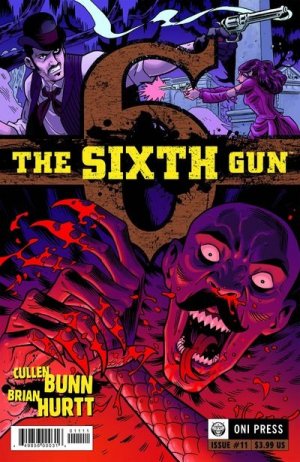
A few months ago, The Sixth Gun took me by surprise. It was recommended by friends but back issues were scarce, and some local shops hadn’t even heard of it. When I finally picked up the first trade paperback (entitled Cold Dead Fingers) I was introduced to one of the finest examples of graphic storytelling I’ve ever run across.
The book follows Drake Sinclair, a pitiless scoundrel searching for the last of six mystical revolvers in the years following the Civil War. The first story arc told of Drake’s fight against the undead General Hume and his encounter (and eventual partnership) with Becky Montcrief, the reluctant new owner of number Six. The second arc sees Drake, Becky, and Gord Cantrell holed up in New Orleans while Drake attempts to find a way to break his unwelcome bond to the four pistols he’s already acquired.
Issue 11 concludes the arc with a hairy confrontation between the trio and Marinette of the Dry Arms, a vicious loa who enters the physical realm through one of her worshipers to pursue Drake and the guns. Cullen Bunn seamlessly blends historical and fantastical, and his use of Haitian voodoo mythology adds a welcome and unique flavor to the conflict – a flavor I’m sure many readers (myself included) were previously unfamiliar with. Brian Hurtt’s artwork is a revelation of simplicity, evocative of ‘40’s Sunday comics (Dick Tracy comes to mind). Although verging on cartoony, his artwork never detracts from the book’s gravity, and smaller details (look for the panel inside the streetcar) add an immediacy that ramps up the tension nicely.
Although not the best issue to date, #11 is still an exceptional read and it continues to be one of the best books on the market. If you’re not reading The Sixth Gun, you should be.



